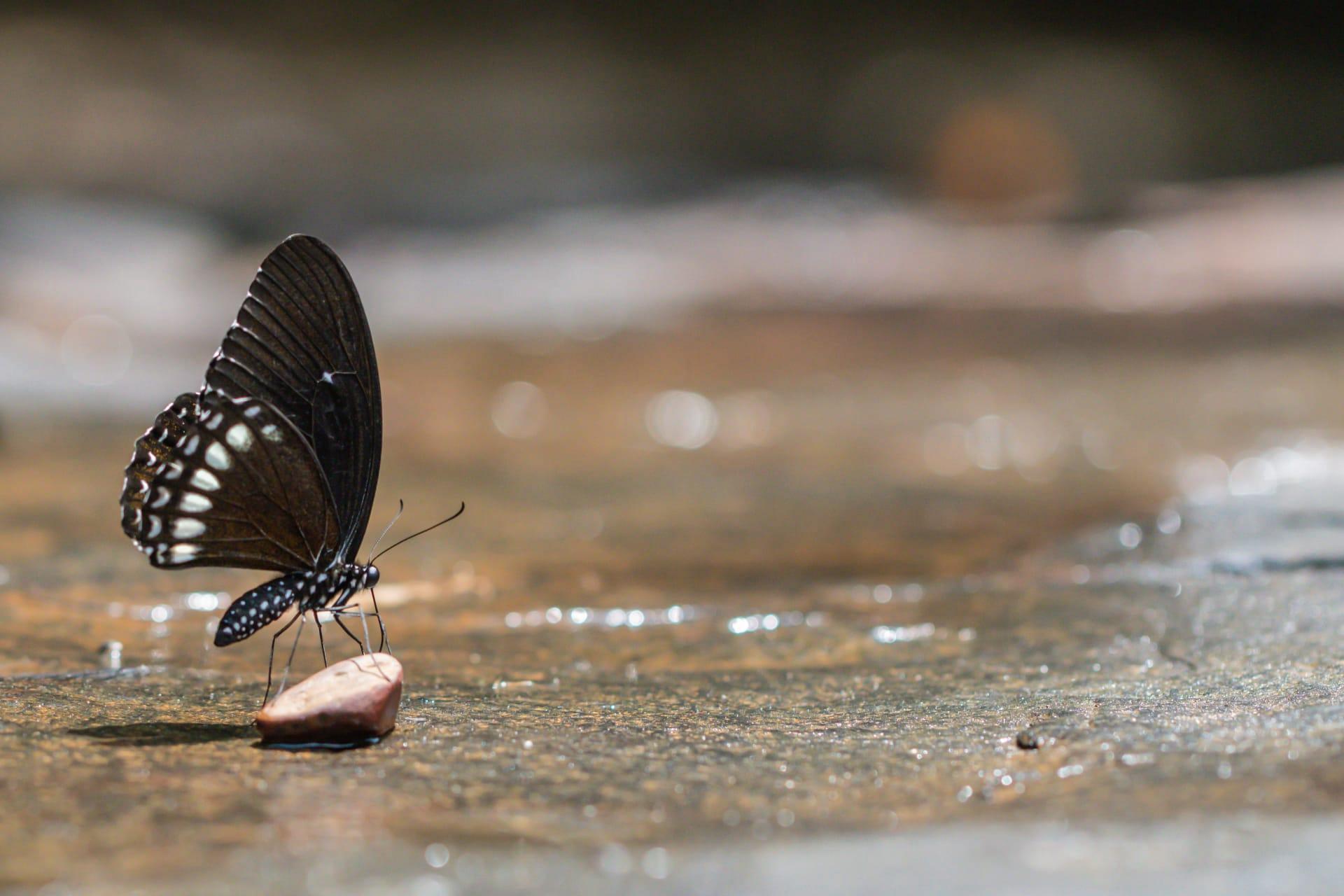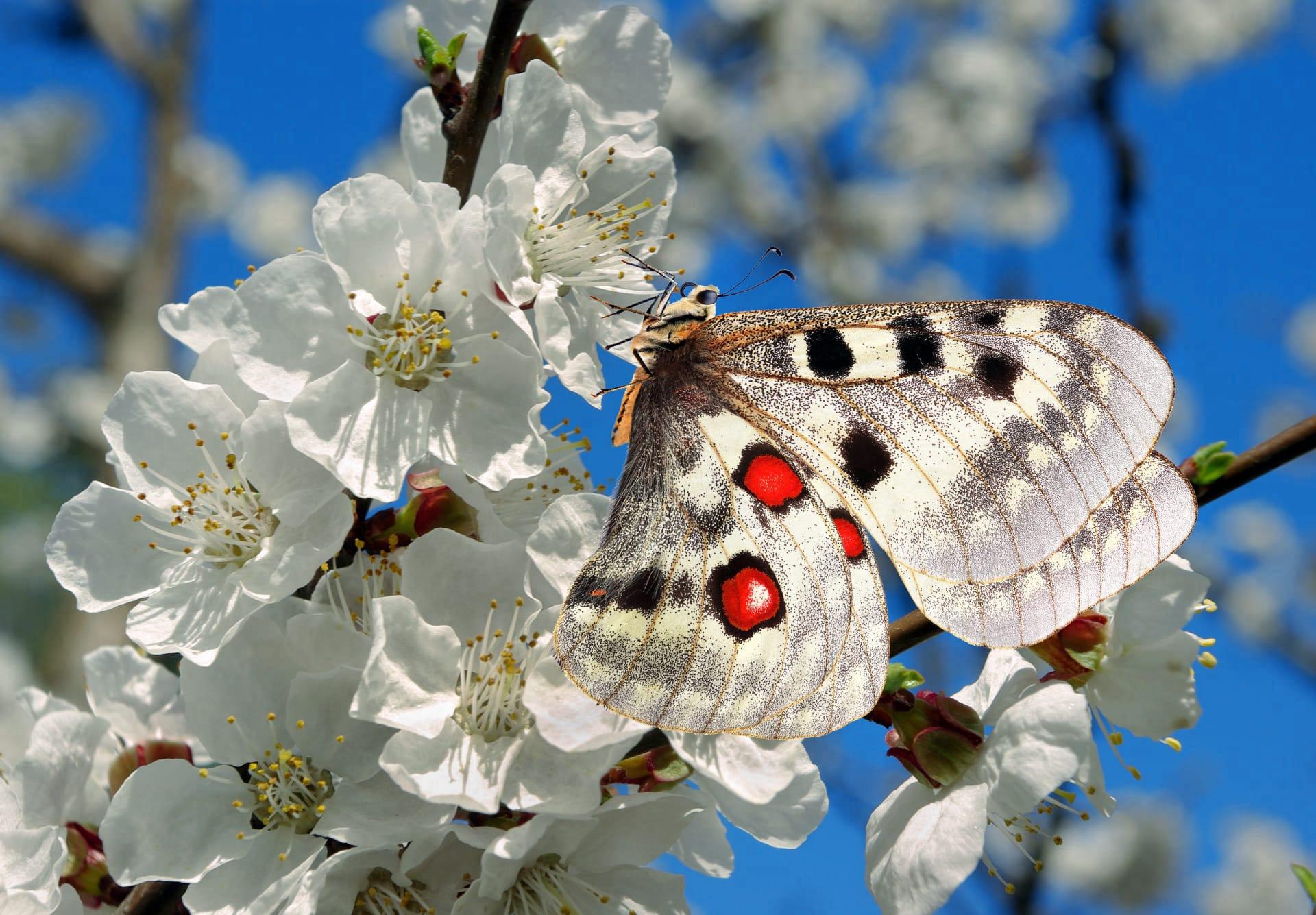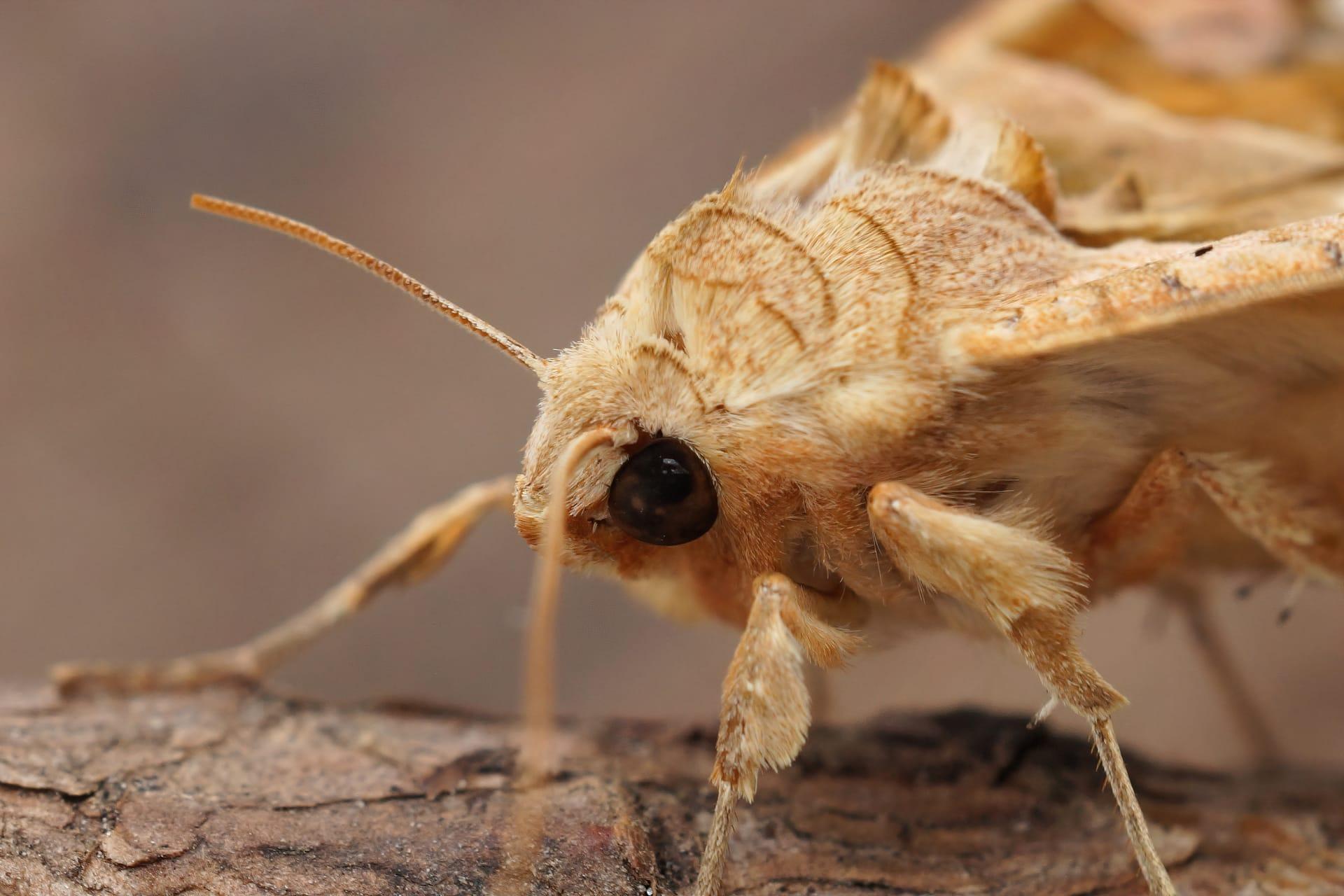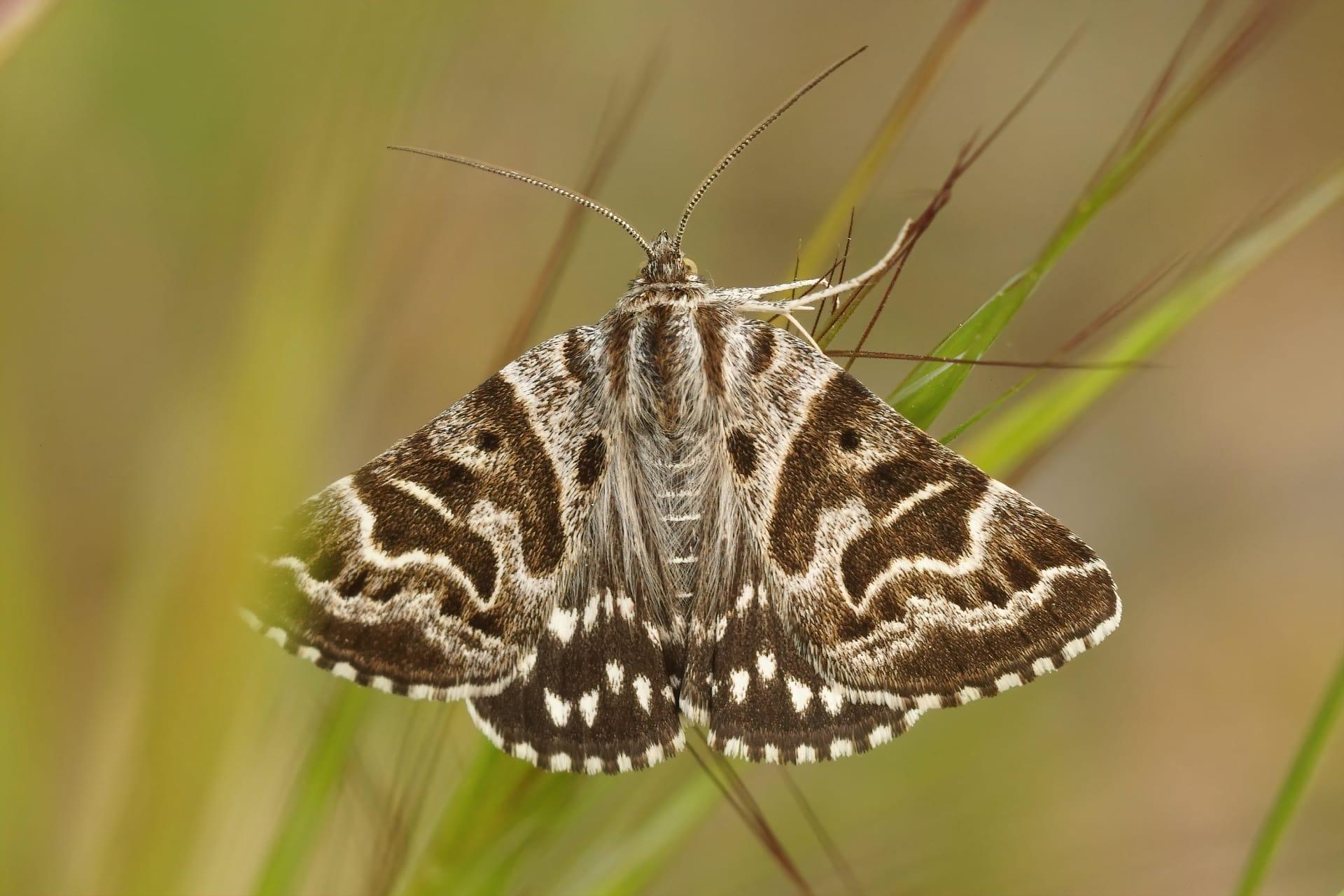Moths
- Home /
- Mini Encyclopedia /
- Animal /
- Moths
1
Moths, fascinating creatures of the night, belong to the order Lepidoptera, which they share with butterflies. Unlike their diurnal cousins, moths are predominantly nocturnal. They are a diverse group with over 160,000 species identified across the globe. Their taxonomy is complex, with numerous families like the Sphingidae, known for their rapid and powerful flight, and the Saturniidae, famous for their large and strikingly patterned members. One of the smallest is the Stigmella maya, with a wingspan of just 1.3 millimeters, while the Hercules moth boasts one of the largest, stretching up to 27 centimeters.
Moths are global residents, found on every continent except Antarctica. Their distribution varies greatly with species, climate, and habitat. Tropical regions like the Amazon Rainforest are hotspots for moth diversity, harboring thousands of species. Conversely, in colder regions like the Arctic, moth diversity dwindles. The Atlas moth, one of the largest in the world, is native to the forests of Southeast Asia. In contrast, the Gypsy moth, known for its invasive characteristics, has spread from Europe to North America, causing significant ecological impact.

2
Question: Do moths really eat clothes? This is a common misconception about moths.
Answer: In reality, it's not the adult moths but their larvae that feed on fabric. Only a few species, like the Tineola bisselliella, commonly known as the clothes moth, are responsible for this damage. These larvae have keratin-digesting enzymes, allowing them to feed on natural fibers like wool, silk, and cashmere. Synthetic fabrics are generally safe from these tiny critters. Adult moths, on the other hand, are often nectar-feeders or may not feed at all, with their primary focus being reproduction.

3
Moths have evolved a variety of survival strategies to navigate their nocturnal environment. One key adaptation is their hearing. Many moths have tympanic membranes that detect ultrasonic frequencies, which helps them evade predators like bats. For instance, the tiger moth can emit clicks that interfere with a bat's echolocation system. Additionally, some species like the Luna moth have evolved long, twisted tail filaments, which can confuse the sonar of pursuing bats.
Camouflage is another vital strategy. Moths like the Peppered moth display a range of colors and patterns that blend seamlessly with their surroundings, making them nearly invisible to predators. This moth famously demonstrated rapid evolutionary change in industrial areas, where darker variants became more common due to pollution-darkened surfaces. Some moths even mimic the appearance of more dangerous organisms, like wasps, to deter predators.

4
In ecosystems, moths play a multifaceted role. As pollinators, they are crucial for many plants. Night-blooming flowers often rely on moths for pollination. Their long proboscises allow them to feed on and pollinate flowers with deep corollas. The Yucca moth, for instance, has a symbiotic relationship with the yucca plant, where it's the sole pollinator.
Moths also serve as a vital food source in the food chain. Birds, bats, and even small mammals rely on them as a major food source. The larval stage of moths, the caterpillars, are particularly important for many bird species, especially during breeding season when they require high-protein food for their chicks. This interdependence showcases the ecological importance of moths, linking various trophic levels in the food web.

5
Film: "The Secret World of Moths" is a Finnish production released in 2015. This documentary explores the mysterious and often unnoticed world of moths. It presents stunning macro-photography, revealing the intricate details and beauty of these nocturnal insects. The film traverses various landscapes, from the Arctic Circle to the rainforests of Southeast Asia, showcasing the diversity and adaptability of moths.
Book: "Moths: A Complete Guide to Biology and Behavior" by David Lees and Alberto Zilli, published in the UK in 2019, offers comprehensive insight into the life of moths. The authors, both experts in lepidoptery, delve into moth biology, behavior, and their role in ecosystems, making it a valuable resource for both enthusiasts and professionals.
Book: "The Moth Snowstorm: Nature and Joy" by Michael McCarthy, a British author, was published in 2015. This book is part memoir, part nature writing, focusing on the author's personal experiences with nature, particularly moths. It elegantly intertwines the ecological importance of moths with broader themes of biodiversity loss and the emotional connection humans have with the natural world.